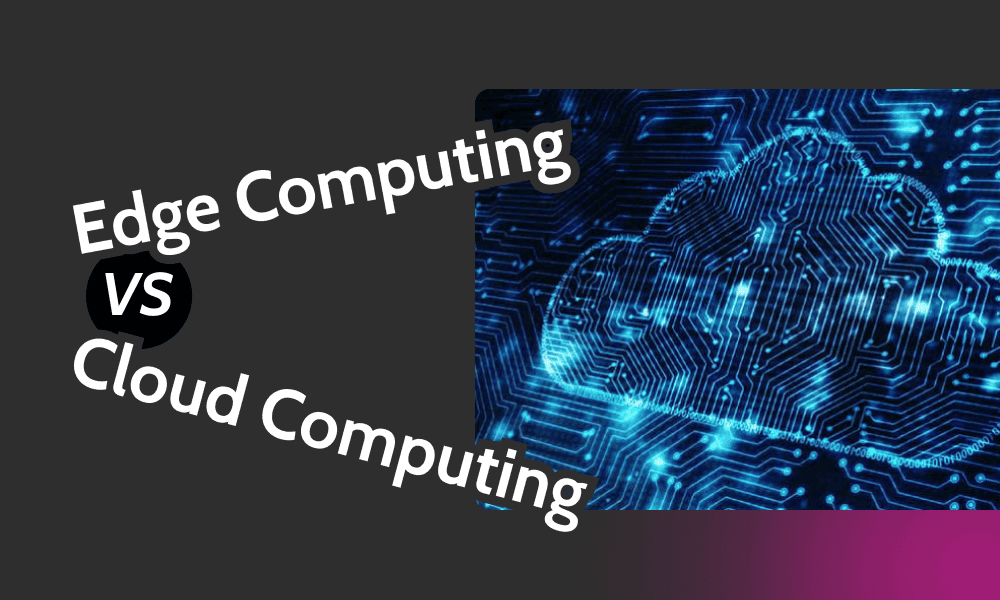
Absolutely! Here’s a polished article draft for “Edge Computing vs. Cloud Computing: What’s Better in 2025?” — tailored for the Epic Sphere Cloud audience. This version strikes a balance between informative and approachable, perfect for tech-savvy readers and curious innovators alike.
Edge Computing vs. Cloud Computing: What’s Better in 2025?
In the race to power tomorrow’s tech—from autonomous vehicles to real-time AI and immersive XR—the debate is heating up: Edge computing vs. cloud computing.
Cloud computing has been the backbone of digital transformation for over a decade. But edge computing is quickly gaining ground as a key player in the future of real-time and latency-sensitive applications.
So in 2025, which one’s better?
Let’s break it down.
🔍 What’s the Difference?
☁️ Cloud Computing
Cloud computing relies on centralized data centers to process, store, and analyze data. Think AWS, Azure, Google Cloud—global-scale infrastructure accessed over the internet.
📍 Edge Computing
Edge computing shifts data processing closer to the source—on local servers, devices, or edge nodes. The goal? Reduce latency, save bandwidth, and enable faster response times.
In short: Cloud = centralized power. Edge = localized speed.
⚙️ Key Comparison: Cloud vs. Edge in 2025
| Feature | Cloud Computing | Edge Computing |
|---|---|---|
| Latency | Higher (depends on internet speed & distance) | Ultra-low (processed near the data source) |
| Scalability | Massive, virtually unlimited | Limited by local hardware |
| Cost Efficiency | Cheaper at scale, but data transfer can add up | Cost-effective for frequent, local operations |
| Security & Compliance | Centralized control, strong security features | Improved data sovereignty, but fragmented |
| Use Cases | AI training, SaaS, storage, big data analytics | IoT, AR/VR, robotics, real-time analytics |
🌐 Real-World Use Cases in 2025
✅ Where Cloud Still Wins
- Large-scale AI training
- SaaS platforms
- Massive storage and backups
- Global services with non-critical latency
✅ Where Edge Takes the Lead
- Autonomous vehicles
- AR/VR applications
- Smart cities & factories
- Remote health monitoring and diagnostics
- Drone surveillance and response systems
Edge computing enables real-time decision-making—essential for systems that can’t afford to “wait” for the cloud.
🔄 Hybrid is the New Normal
2025 isn’t about “either-or”—it’s about cloud and edge working together.
We’re seeing a converged infrastructure trend where:
- The cloud handles heavy lifting, big-picture analytics, and orchestration.
- The edge manages real-time response, data filtering, and local actions.
This hybrid model is becoming the standard in industries like:
- Healthcare (real-time patient monitoring synced with centralized records)
- Retail (smart shelves + cloud analytics)
- Manufacturing (machine edge control + predictive maintenance in cloud)
🔐 Security: Who Does It Better?
Cloud providers offer robust, battle-tested security protocols, including encryption, identity management, and compliance certifications.
Edge, while improving, introduces new challenges:
- More endpoints = more vulnerabilities
- Fragmented updates and security standards
- Physical access risks
But edge also keeps sensitive data local—a win for privacy and data sovereignty.
📈 What Developers & Businesses Should Know
If you’re building in 2025:
- Use cloud when you need power, scale, or global coordination.
- Use edge when you need speed, autonomy, or reduced data transfer.
Think of the cloud as your brain, and the edge as your reflexes.
🔮 The Verdict: What’s “Better”?
Neither is better across the board.
👉 Cloud computing is unbeatable for heavy lifting, storage, and cross-device coordination.
👉 Edge computing is essential for real-time, location-sensitive, and bandwidth-saving tasks.
In 2025 and beyond, you’ll probably need both—in a smart, synergistic architecture that balances responsiveness and power.
💡 Final Takeaway
Edge computing won’t replace the cloud—it complements it.
The smartest systems in 2025 are hybrid by design.
🔗 Stay tuned to Epic Sphere Cloud for more insights on building next-gen infrastructure, cloud strategy, and edge innovation.
Want a quick meta description and SEO title for this article? Or want a downloadable infographic version of the comparison table? I can create that too!





